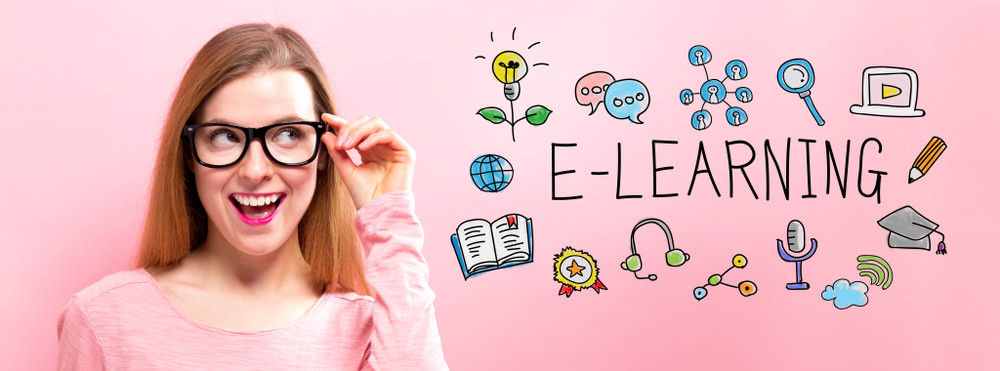
Recently, we have seen many criticisms of inclusion and diversity training programs, which sadly may not be a surprise to many who have had to sit through such programs with too much “fluffy” content and telling people what to do – little of which is absorbed or acted upon by the participants.
There is good news however, because research in neuroscience and cognitive psychology are providing new insights as to how workplace training should be presented to maximise impact. Training goals today go beyond simply passing on information, refreshing technical knowledge or upskilling – they include a range of objectives from instilling corporate culture to addressing teamwork, leadership and workplace behaviour. Content and process must work seamlessly to be compelling and engaging for participants and must be effective in ensuring not only that people remember what they learn, but more importantly, that this translates into changed behaviour and adopting new habits.
Essentially, the voluntary decision to engage in puposive learning involves the generation of increased levels of dopamine in the brain. Dopamine is a neurotransmitter that helps regulate reward, pleasure and emotion. The perceived reward of having new knowledge stimulates dopamine production while at the same time emotionally locking attention on the item, task or concept under attention. Stimulating the brain appropriately while not overloading it will activate a number of functions which are essential to learning: motivation and curiosity, creativity, mental agility, attention to goals and memory.
Building on this fundamental principle of effective learning, we’ve integrated 6 further insights from brain science into our inclusion programs to ensure they achieve long term results:
- Minds tend to wander about 30% of the time – Mind wandering can be useful if you harness it to have people imagine certain situations, or engage in creative, lateral thinking tasks. But if you need people to focus, then you have to engage them in an interactive and dynamic way, constantly shifting activities, to prevent this wandering from occurring and thus improving recall.
- Focusing on a single point at any given time significantly improves retention – This makes it more likely that the information will pass from immediate cognition to long-term memory. Neuroscientists have discovered that repeated stimuli with timed gaps are amongst the most reliable ways to convince neurons that an event is memory-worthy.
- People love games, chance & reward – Dopamine levels in the mid-brain region increase as we anticipate a reward, leading to a heightened emotional response – and an emotional response increases memory retention. Gamification has become all the rage lately, as it is shown to increase internal motivation and voluntary participation in learning programs.
- People learn better from stories – we’ve evolved to pass down information in the form of stories around the campfire. Research has shown that people process information best in narrative form, not just because they have emotional resonance but also because they almost always follow a chronological line which assists the listener to identify and internalise cause-and-effect relationships.
- Sight is the predominant sense – Research shows that much more information is taken in through sight than through any other sense. This doesn’t mean you have to have a thousand slides, but it does mean that effective design and visual communication is crucial.
- People forget – Humans cannot retain more than a small amount of incoming data, no matter how smart. We have to learn/see something (or actively recall the issue) repeatedly before it is retained for the long term. 3 to 4 times seems to be the magic number of repetitions before something is retained more or less indefinitely.
E-Challenge by Symmetra is a great example of how we have applied these principles in a practical way:
- Content is divided into succinct 10-minute Learning Bytes, short enough to keep people’s focus, but still highly interactive with a range of mixed interactions and content types (including time-bound questions) to avoid mind wandering.
- Learning Bytes focus on one inclusion issue, e.g. Techniques to Leverage Diversity of Thought, ensuring learners are able to absorb a single key new insight and set of behaviours.
- Gamified learning challenges players using light competition to reinforce the pleasure of learning and give them a feeling of mastery and accomplishment.
- Information is presented through stories and interactive scenarios, in both written and video form.
- Dynamic visual design, and fun whiteboard animated videos engage the visual senses
- Content library is designed around clusters of 2 to 4 Learning Bytes, so learning about a particular area is spaced over time and key issues are reinforced.
Applying these principles, in conjunction of course with human centred instructional design, means you can teach people how to behave more inclusively in a sustained way.
